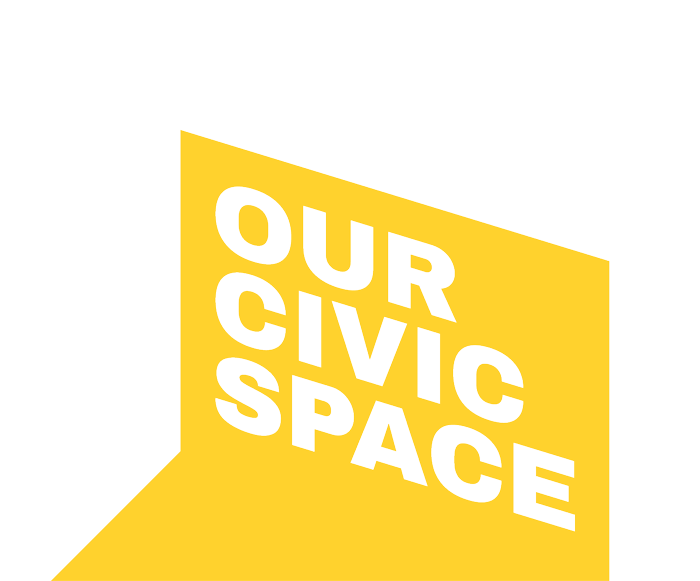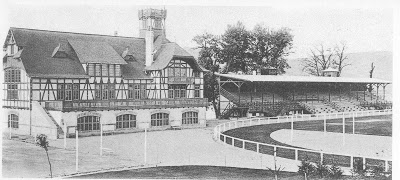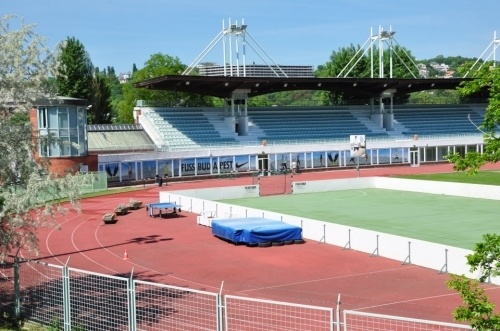How to deal with domestic violence
Domestic violence exploded during the first two months of the Coronavirus outbreak. In the U.S., there was a 30% increase of spousal/partner abuse towards women, and the U.K. saw a similar increase as well – 25%; and still – There is no updated, comprehensive resource that tells you where to go if you are suffering such horrible violence, or know someone who is a victim. To fill this gap, … designed a complete guide, which you can access here. In this guide, you will find every possible contact and useful tips that will help you to stop being a bystander, take action, and save lives (without putting your own at risk).
Guide provided by M. Cardillo



